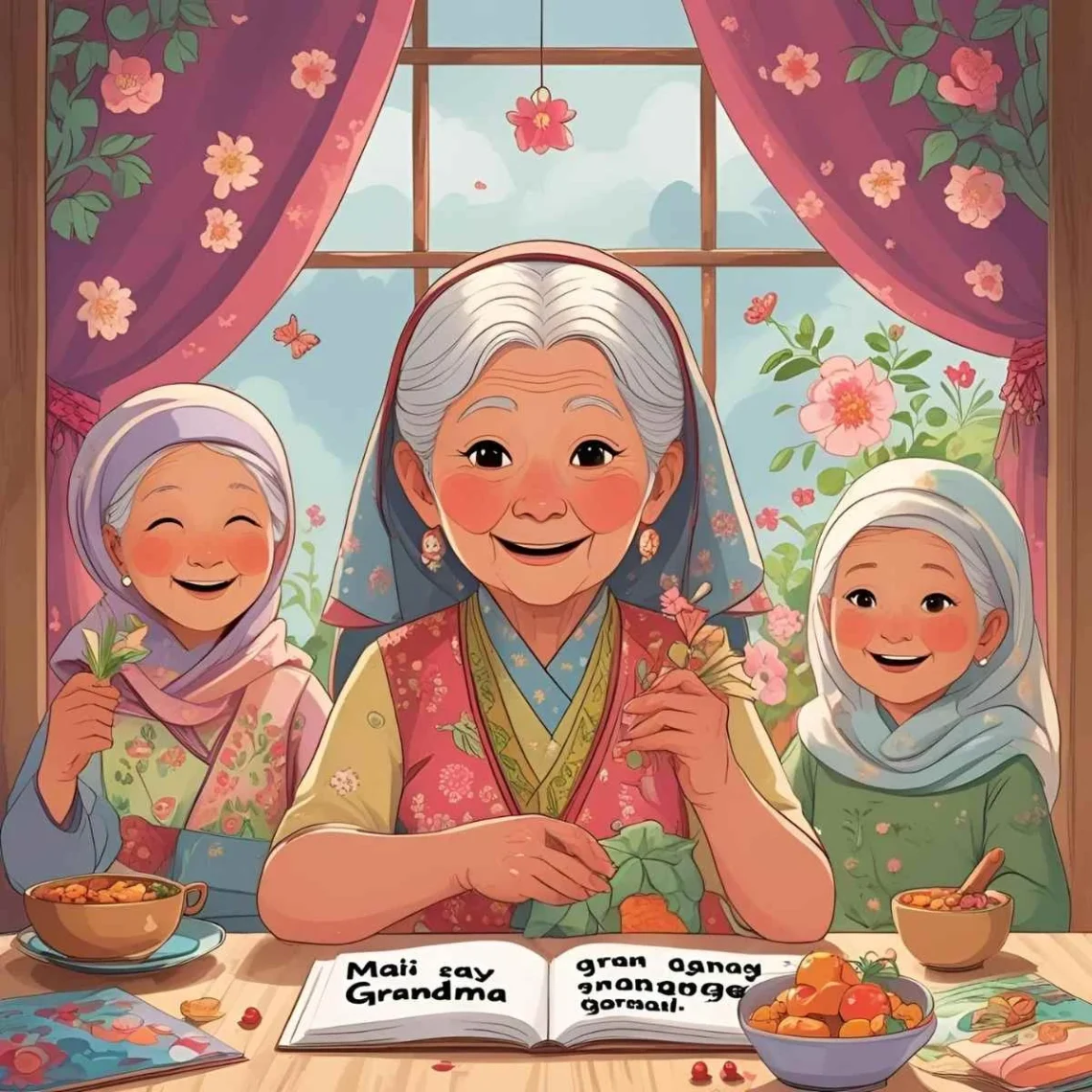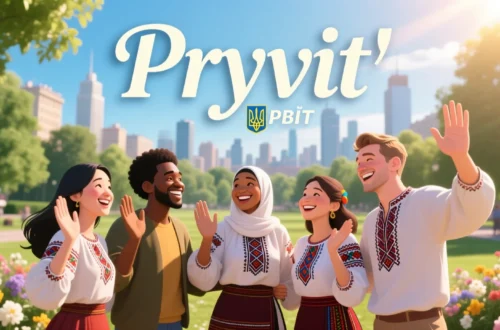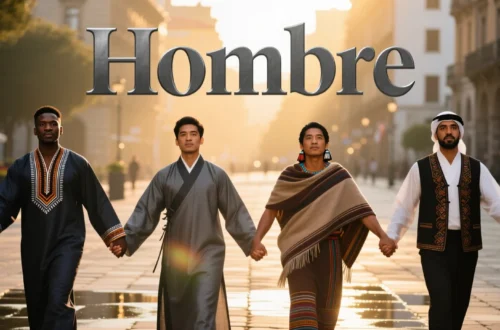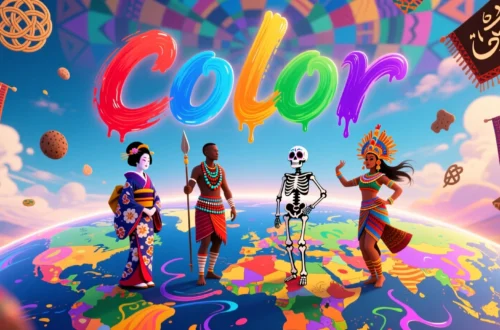I’ll never forget the warmth of my grandmother’s kitchen, the smell of her fresh-baked cookies filling the air as she shared stories of her youth.
That word, “grandma,” carries so much love and comfort, but have you ever wondered how it’s said around the world? Whether it’s a cozy hug in a Parisian café or a tale told under African stars, the term for grandmother reflects a universal bond—honoring the women who weave family histories together.
Across cultures, this word holds a special place, symbolizing wisdom, love, and connection that transcends borders.
Reference Table: “Grandma” in 15 Languages
Here’s a table showing how “grandma” is expressed in various languages, with insights into their cultural significance.
| Language | Word/Phrase | Cultural Insight |
|---|---|---|
| English | Grandma | Common in the US and UK, it’s warm and informal, evoking family closeness. |
| French | Grand-mère | In France, it’s tied to nurturing roles, often linked to countryside traditions. |
| Spanish | Abuela | Used in Spain and Latin America, it reflects deep family ties and respect. |
| Italian | Nonna | In Italy, it’s synonymous with home-cooked meals and storytelling. |
| German | Oma | A cozy term in Germany, associated with warmth and practical wisdom. |
| Portuguese | Avó | In Brazil and Portugal, it carries vibrancy, often linked to festive gatherings. |
| Chinese (Mandarin) | Nǎinai (奶奶) | In China, it reflects respect for elders, rooted in Confucian values. |
| Japanese | Obāsan (お祖母さん) | A respectful term in Japan, tied to family honor and quiet wisdom. |
| Korean | Halmeoni (할머니) | In South Korea, it’s linked to nurturing roles in modern and traditional homes. |
| Hindi | Dadi/Nani (दादी/नानी) | In India, dadi (paternal) and nani (maternal) distinguish family lines, tied to love. |
| Arabic | Jadda (جدة) | Across Arab cultures, it signifies respect and family leadership. |
| Swahili | Bibi | In East Africa, it’s tied to ubuntu, where grandmas are community pillars. |
| Zulu | Gogo | In South Africa, it reflects storytelling and post-apartheid resilience. |
| Maori | Kuia | In New Zealand, it honors matriarchs tied to ancestral lineage. |
| Hawaiian | Kūpuna wahine | In Hawaii, it reflects the aloha spirit, blending family and nature. |
These terms show how “grandma” adapts to each culture’s heart.
European Languages
Romance and Warmth
In Europe, “grandma” evokes love and tradition. For example, French “grand-mère” brings to mind a nurturing figure in rural France, sharing recipes or folktales. It’s a term of endearment, often linked to family gatherings.
Spanish “abuela,” used in Spain, Mexico, and beyond, carries warmth and respect. In Latin America, abuelas are often the heart of extended families, teaching traditions like salsa dancing or tamale-making. Meanwhile, Italian “nonna” is tied to home-cooked meals, with grandmothers passing down pasta recipes in Italy’s vibrant kitchens.
Northern and Eastern Bonds
German “oma” feels cozy, reflecting Germany’s focus on family closeness, often seen in holiday baking traditions. Portuguese “avó” in Brazil bursts with energy, tied to carnival celebrations. Other terms, like Dutch “oma” in the Netherlands or Swedish “mormor” (maternal) and “farmor” (paternal) in Sweden, highlight family roles. Across 20+ countries—like the UK, Ireland, Poland, Greece, and Romania—“grandma” weaves into stories, from fairy tales to modern family Zoom calls, uniting generations.
Asian Languages
Eastern Respect
Asia’s terms for “grandma” blend respect and love. In Mandarin, “nǎinai” reflects China’s reverence for elders, often seen in multigenerational homes where grandmas share wisdom. For example, they might teach calligraphy or family recipes.
Japanese “obāsan” is polite, tied to honoring elders in Japan’s culture of respect. Korean “halmeoni” connects to nurturing, with grandmas often guiding K-drama-inspired family values. Meanwhile, Hindi “dadi” or “nani” in India distinguishes paternal or maternal lines, linked to storytelling during festivals.
Southeast and Middle Eastern Roles
Arabic “jadda,” used in over 20 countries like Egypt, Saudi Arabia, and Morocco, signifies a matriarch’s leadership. Thai “yāy” in Thailand is gentle, tied to family care, while Vietnamese “bà” reflects resilience. From Indonesia to Nepal, countries like Malaysia, Philippines, and Pakistan (20+) show grandmas as keepers of tradition, often leading prayers or teaching crafts.
African Languages
Community Pillars
Africa’s diverse languages make “grandma” a powerful term. Swahili “bibi,” used in Kenya, Tanzania, and beyond, ties to ubuntu—grandmas are community anchors, sharing stories under baobab trees.
Zulu “gogo” in South Africa embodies resilience, with grandmas guiding families through history’s challenges. Yoruba “iyá àgbà” in Nigeria celebrates matriarchs in vibrant markets. Across 20+ countries—like Ghana, Ethiopia, Uganda, and Angola—“grandma” is tied to oral histories, music, and rituals that strengthen family bonds.
Indigenous & Island Languages
Ancestral Ties
Indigenous and island cultures root “grandma” in heritage. Maori “kuia” in New Zealand honors matriarchs connected to whakapapa (ancestry). Hawaiian “kūpuna wahine” reflects aloha, with grandmas teaching hula or navigation.
Global Indigenous Voices
Cherokee “elisi” in the US ties to nature’s wisdom; Samoan “tinā matua” emphasizes respect. From Inuit in Canada to Aboriginal Australian languages, grandmas are storytellers. Countries like Fiji, Mexico, Peru, and 20+ others weave “grandma” into tales of resilience, from weaving to surviving colonial challenges.
Cultural Insights
Historical Roles
The term “grandma” has ancient roots. For example, in Ancient Rome, “avia” denoted respected elders. In China, Confucian texts praised grandmothers as family guides. African griots often cast grandmas as wisdom-keepers.
Modern Influence
Today, grandmas are global icons, from social media’s viral recipes to family WhatsApp groups. Events like pandemics highlight their role as emotional anchors, showing how cultures adapt this timeless role through storytelling and care.
Proverbs
Proverbs reflect grandmas’ wisdom. For example, China’s “A grandmother’s heart is a patchwork of love” shows care. African (Yoruba): “A grandma’s words are the family’s roots.” In Italy: “Nonna’s kitchen feeds the soul.” These sayings, from Arabic to Hawaiian, highlight grandmas as universal pillars.
FAQs
Why are some terms similar? Romance languages like Spanish and French share Latin “avia,” while Asian terms may stem from shared scripts.
What’s the oldest reference? Egyptian texts from 2000 BCE mention elder women as family guides, echoed in Vedic India.
How do cultures differ? In collectivist societies like Japan, grandmas emphasize family duty; in individualistic ones like the US, they’re often playful confidants.
Conclusion
From Swahili’s “bibi” to Maori’s “kuia,” “grandma” is a universal hug, tying us to love and wisdom. It’s the heartbeat of families worldwide. How do you say “grandma” in your culture? Share below and let’s celebrate these amazing women!






